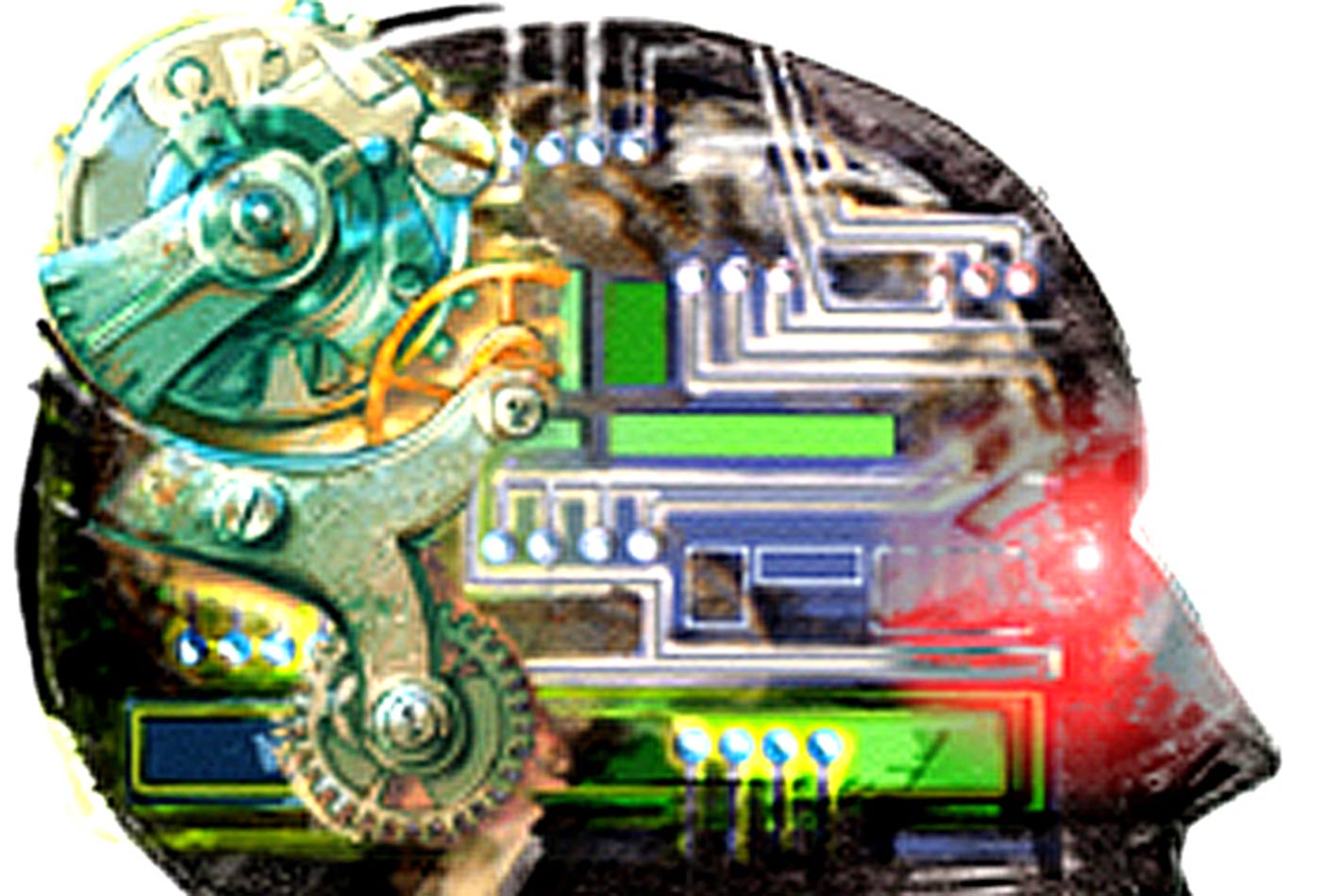How to Fix

🌈 Abstract
The article discusses the copyright issues surrounding the use of copyrighted content by AI model developers for training their AI models. It explores the complex legal landscape, the perspectives of different stakeholders, and proposes potential solutions to balance the interests of AI companies and copyright holders.
🙋 Q&A
[01] The Copyright Landscape
1. What are the key copyright issues discussed in the article?
- The article discusses the following key copyright issues:
- AI model developers like OpenAI and Google have been transcribing and using vast amounts of copyrighted YouTube videos as training data for their AI models, which may violate copyright law.
- Copyright law is complex and touches on various aspects like authorship, similarity, liability, fair use, and licensing when it comes to generative AI systems.
- There is a debate over who should profit from the unique creative expression generated by AI models trained on copyrighted content.
2. What are the different perspectives of the stakeholders involved?
- Publishers (including The New York Times) argue that AI-generated content competes with and damages the creators whose work the AI was trained on.
- AI model developers need to find a business model that will repay their massive investments, and argue that licensing all the required data is impractical.
- There are also concerns from contributors to platforms like Stack Overflow about losing recognition for their work used to train AI models.
3. What are some of the proposed guidelines for how AI model developers should handle copyrighted content?
- Implement mechanisms for copyright holders to opt out their content from being used for training in a machine-readable way.
- Assemble training datasets that recognize copyright status and the goals of content creators, to enable a new AI economy.
- Develop techniques to detect copyrighted content during the output generation phase and provide appropriate compensation.
- Explore business models and incentives that lead to a cooperative content ecosystem where everyone benefits.
[02] Towards a Cooperative AI Ecosystem
1. What is the author's vision for a cooperative AI ecosystem?
- The author envisions an AI ecosystem that works more like the open, decentralized World Wide Web or open source systems, rather than a centralized, monopolistic model.
- This would involve AI models that operate within a content framework trained to recognize copyrighted material and know what they can and can't do with it.
- There would be different models grounded in content belonging to specific groups, organizations, or individuals, with appropriate compensation mechanisms.
- The goal is to enable a flourishing ecosystem of content creation, where AI companies and copyright holders can mutually benefit.
2. What examples does the author provide of efforts towards this cooperative ecosystem?
- The author cites the work being done at O'Reilly, where they are using AI to generate content like summaries and assessments, while ensuring proper attribution and revenue sharing with authors and publishing partners.
- The "Answers" feature built by O'Reilly in partnership with Miso uses a Retrieval-Augmented Generation (RAG) architecture to generate responses grounded in specific sources, and compensate authors accordingly.
3. What are the key principles the author suggests for building a cooperative AI ecosystem?
- Transparency about the content and sources used to train AI models, to encourage open discussions between stakeholders.
- Developing mechanisms and business models that recognize the value of copyrighted content and ensure fair compensation for its use.
- Avoiding a centralized, monopolistic approach and instead fostering a decentralized, cooperative ecosystem where different parties can mutually benefit.